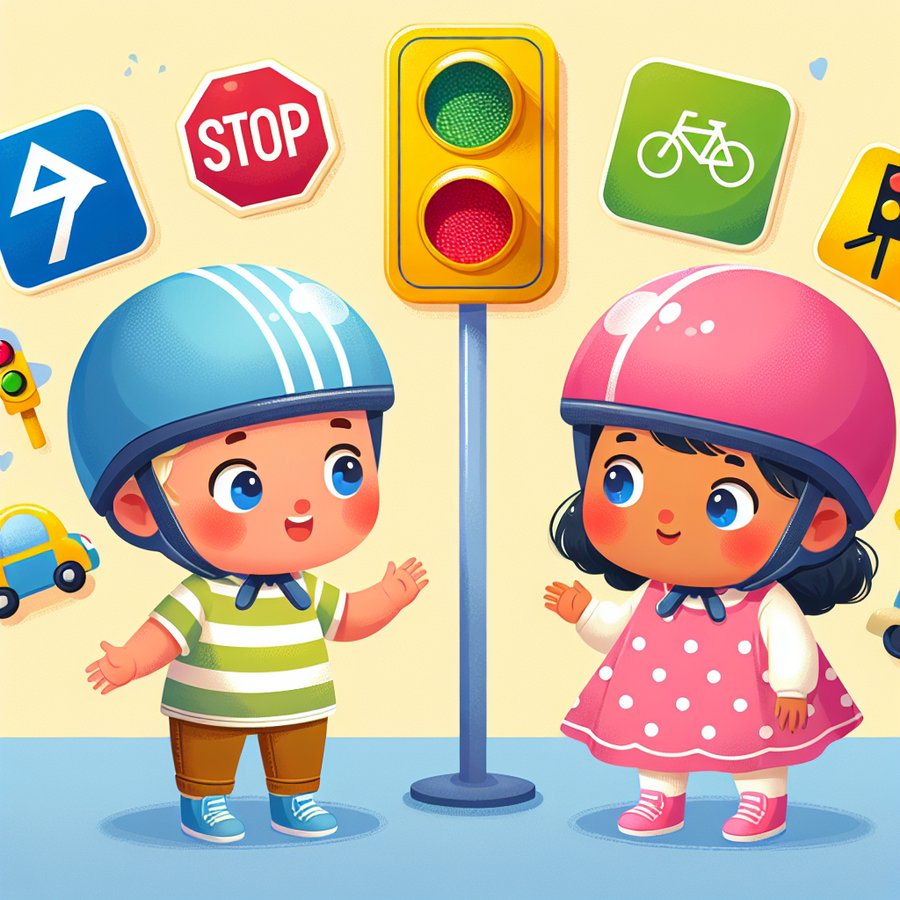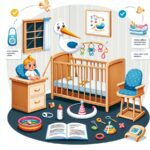Teaching toddlers about safety: Basic concepts is an essential part of parenting that lays the foundation for a lifetime of smart decisions and awareness. As toddlers are naturally curious and eager to explore their surroundings, it becomes crucial to instill safety principles in them from an early age. This article aims to provide parents and caregivers with valuable insights and strategies to effectively communicate and teach safety basics to their little ones.
Understanding the Importance of Safety Education for Toddlers
Before diving into the methods of teaching, it’s important to comprehend the significance of safety education for toddlers. These formative years are critical as toddlers begin to assert their independence yet lack the judgment and experience to recognize dangerous situations. By introducing safety concepts early, parents can create a secure environment that encourages exploration while minimizing risks.
Furthermore, teaching toddlers about safety helps develop their cognitive and emotional skills, empowering them to make safer choices as they grow. Engaging toddlers in conversations about safety and demonstrating safe behaviors can significantly impact their understanding and retention of safety principles.
Teaching Toddlers about Safety: Basic Concepts
To effectively teach toddlers about safety, it’s essential to start with basic concepts that are easily understandable and relatable to their daily activities. Introducing simple rules such as ‘hot is not to touch,’ ‘sharp is not to play with,’ and ‘strangers require caution’ can lay a solid foundation. Utilizing visual aids, stories, and consistent reinforcement can enhance their learning experience.
Incorporating safety lessons into everyday scenarios is also a practical approach. For instance, while cooking, you can explain the dangers of the stove and why it’s important to stay away. Similarly, when crossing the street, holding hands and looking both ways can be turned into a safety lesson. The key is to be consistent and make safety a part of their daily routine.
Practical Safety Activities and Resources for Toddlers
Interactive activities are a great way to engage toddlers in learning about safety. Simple games, such as ‘Red Light, Green Light,’ can teach them about traffic safety, while role-playing can help them understand what to do in various situations. Additionally, there are numerous online resources and books designed to make learning about safety fun and engaging for young children.
For parents looking for more structured guidance, visiting websites like Baby Whys and Hows offers articles and tips on a wide range of parenting topics, including safety. These resources can provide additional ideas and methods to incorporate safety education into your child’s life seamlessly.
Creating a Safe Environment at Home
While teaching toddlers about safety is crucial, equally important is creating a safe environment for them to live and play. This includes childproofing your home by securing furniture, locking cabinets, and covering electrical outlets. For more tips on creating a baby-friendly home, you can visit Creating a Baby-Friendly Home for First-Time Parents.
Regularly inspecting toys for damage and ensuring outdoor play areas are secure can also prevent accidents. Remember, a safe environment not only protects toddlers but also gives them the freedom to explore and learn safely.
Final Thoughts on Teaching Toddlers About Safety
Teaching toddlers about safety is a continuous process that evolves as they grow. Starting with basic concepts and gradually introducing more complex ideas ensures they develop a strong safety awareness. Remember, the goal is not to instill fear but to empower them to navigate their world safely. Consistency, patience, and creativity are key in this journey.
For parents seeking further support and resources, exploring Baby Whys and Hows can offer valuable insights into various aspects of raising young children, from safety to emotional development. By leveraging these resources and fostering an open dialogue about safety, parents can play a pivotal role in ensuring their toddlers’ well-being.













